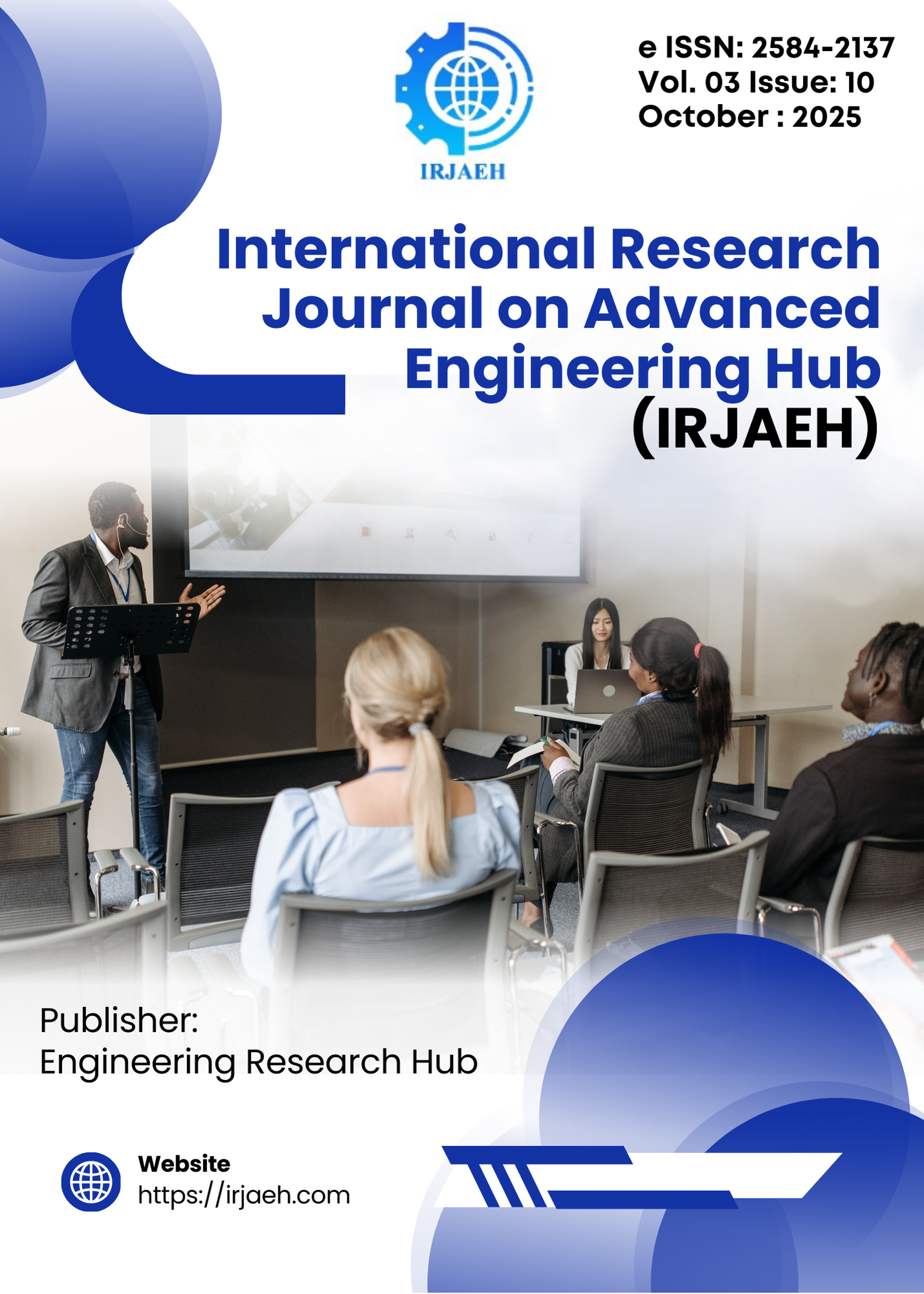CNN-Based Framework for Early Diagnosis of Ocular Disease
DOI:
https://doi.org/10.47392/IRJAEH.2025.0557Keywords:
Convolutional Neural Networks (CNNs), Deep learning, Glaucoma, Ocular diseasesAbstract
In the world, there is a minimum of 1 billion persons who near or distance vision is impaired but this is preventable or still pending addressed. Loss of eyesight or impaired eyesight may produce long-term individual and financial consequences without early diagnosis. Vision impairment it is a disease that involves individuals of all ages with most of them being above 50 years of age. The young children who have acquired early onset severe vision impairment are capable of experiencing poor levels of education attainment, in the middle-aged some years earlier it may translate into poor quality of life terms of low productivity, reduced participation of the workforce. As well as high levels of depression. Eye diseases are the situations of any component of your eye and the conditions affecting the structures just around the eyes. These conditions may be acute (i.e. occur at a fast pace) or chronic (i.e. they appear slowly and persist over a long period of time). Visual illnesses are serious problems to health worldwide and it will be of great concern to deal with them through early detection and prediction to limit their effects. Ocular disease refers to any condition that affects the health and function of your eyes, ranging from mild issues like dry eye to serious conditions such as glaucoma and macular degeneration. This helps in early diagnosis, personalized risk prediction, and better resource allocation in clinical practice. To reduce vision loss that could be avoided by developing a practical and dependable system for detecting and understanding eye diseases through images.
Downloads
Downloads
Published
Issue
Section
License
Copyright (c) 2025 International Research Journal on Advanced Engineering Hub (IRJAEH)

This work is licensed under a Creative Commons Attribution-NonCommercial 4.0 International License.

 .
. 